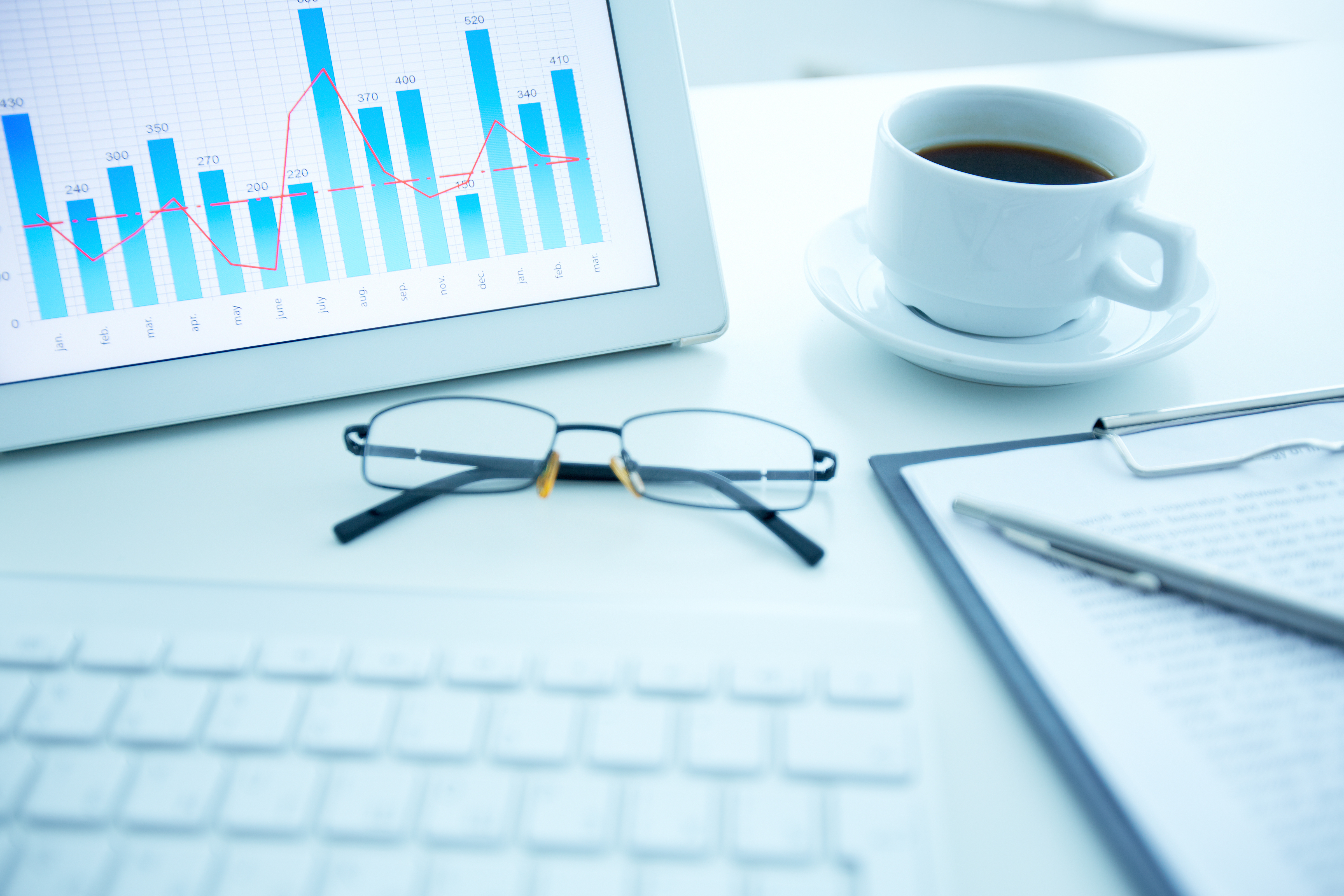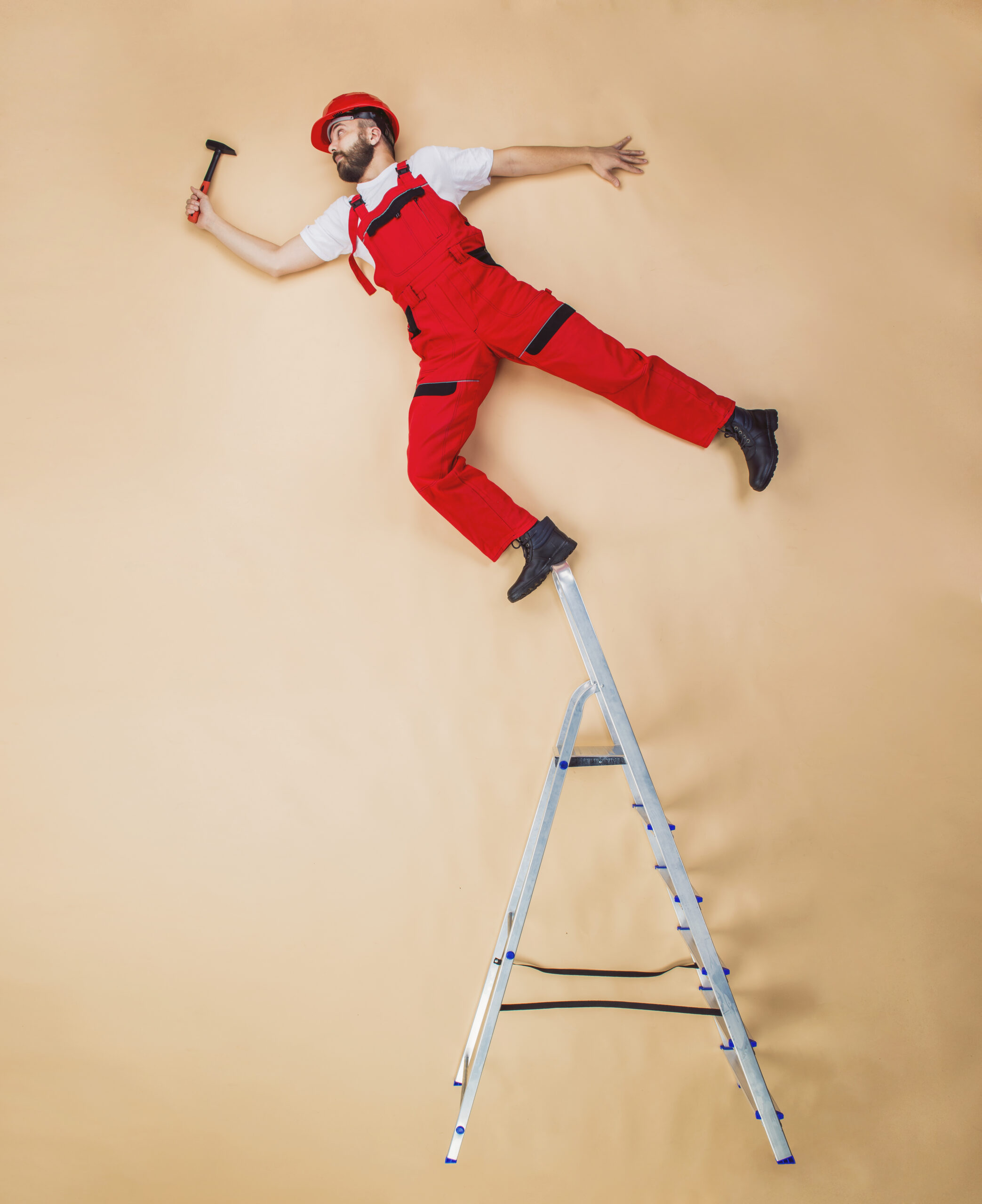
How to Live Self-Reliant – A Path to Empowered Independence
Welcome to a journey of self-discovery and empowerment, where we delve into the art of self-reliance. This is a world where you take full control of your life, steering your destiny with confidence and autonomy.
Our exploration will guide you through the various facets of self-reliance, from cultivating a resilient mindset to mastering practical skills. We’ll delve into how to foster financial independence, how to grow your own food, and even how to build your own shelter.
In the realm of self-reliance, knowledge is power. Every step you take, every skill you acquire, brings you closer to a life of independence and resilience. So, let’s embark on this journey together, towards a life that’s not just lived, but truly owned.
What is self-reliance?
Self-reliance is a principle that emphasizes the importance of independence and reliance on one’s own abilities. It is about taking responsibility for your own life, making your own decisions, and not depending on others for your well-being. A self-reliant individual is a problem solver, one who is capable of coping with life’s challenges without undue reliance on external help.
In the realm of personal finance, self-reliance might mean establishing a budget, saving for emergencies, and investing wisely for retirement. In terms of physical survival, it could involve learning how to grow your own food, build a shelter, or provide first aid.
• For emotional well-being, self-reliance might mean learning how to manage stress, practicing mindfulness, or developing resilience in the face of adversity.
Self-reliance is not about isolation or self-centeredness. It’s about being resourceful, adaptable, and proactive. It’s about recognizing that while we can’t control everything that happens to us, we can control how we respond.
In a world that often encourages dependency, cultivating self-reliance can be a powerful counterbalance. It can foster a sense of empowerment, increase self-esteem, and lead to a more fulfilling, authentic life.
In essence, self-reliance is a journey, not a destination. It’s about continually learning, growing, and striving to be the best version of oneself. It’s about living intentionally, with purpose and conviction. It’s about embracing the freedom that comes from being in charge of your own life.
How to grow your own food?
Growing your own food is a fundamental aspect of self-reliance. It involves understanding the basics of gardening, including soil preparation, seed selection, planting, and maintenance.
Soil preparation is the first step. You need to ensure the soil is fertile and well-drained. You can improve soil fertility by adding organic matter such as compost or manure.
Next, choose the right seeds. Consider what vegetables or fruits you consume regularly and select those seeds. Also, consider the climate and season of your location to ensure your plants will thrive.
After preparing the soil and selecting seeds, it’s time for planting. You can start seeds indoors and transplant them outdoors when the weather is conducive. Alternatively, you can sow seeds directly into the ground. Ensure your plants have enough space to grow and access to sunlight.
Maintenance involves regular watering, weeding, and pest control. Water your plants according to their needs, pull out weeds that compete for nutrients, and use organic methods for pest control.
By growing your own food, you not only become self-reliant but also contribute to a sustainable lifestyle. Remember, patience and persistence are key in this journey towards self-reliance.
Can solar power aid self-reliance?
Solar power is a primary tool in the quest for self-reliance. By harnessing the sun’s energy, one can generate electricity, reducing reliance on the grid and fossil fuels. This practice aligns with the principles of self-sufficiency and environmental stewardship.
Solar energy systems are becoming increasingly accessible, with various options available to suit different needs. From rooftop solar panels to portable solar generators, these tools can provide a steady supply of power, ensuring one’s energy independence.
Here are a few ways solar power contributes to self-reliance:
- Energy Independence: Solar power allows homeowners to generate their electricity, reducing dependence on utility companies. This autonomy is a significant step towards living self-reliant.
Moreover, solar power is a renewable resource, meaning it’s available in abundance and doesn’t deplete over time. This factor is crucial for those seeking a sustainable lifestyle. By opting for solar power, one can contribute to a cleaner environment while also achieving energy self-sufficiency.
Additionally, solar power can provide significant cost savings over time. While the initial investment might be high, the long-term benefits, such as lower electricity bills and potential tax credits, make it a worthwhile investment for those striving for a self-reliant lifestyle.
In essence, solar power is not just a means to produce electricity. It’s a pathway towards self-reliance, promoting independence, sustainability, and economic efficiency. By adopting solar power, one can take a significant step towards achieving a self-reliant lifestyle.
How to make homemade cleaning products?
Living a self-reliant life often involves creating your own solutions, including homemade cleaning products. This not only cuts down on cost but also reduces exposure to harmful chemicals. Vinegar is a versatile ingredient that can be used to clean various surfaces in your home. Mix equal parts vinegar and water for a simple, effective all-purpose cleaner.
For a more potent solution, baking soda can be added to the mix. Baking soda is excellent for scrubbing away stubborn stains and grime. Simply sprinkle it on the surface, scrub with a damp cloth, and rinse.
Another great natural cleaning product is lemon juice. It has antibacterial properties and leaves a fresh, clean scent. Combine it with vinegar or baking soda to tackle tough cleaning tasks.
• DIY Glass Cleaner: Combine 1 cup of vinegar, 1 cup of water, and 10 drops of essential oil in a spray bottle. Shake well before use.
Remember, homemade cleaning products are not only cost-effective but also eco-friendly. They contribute towards a healthier, self-reliant lifestyle, free from reliance on store-bought, chemical-laden products. By incorporating these simple recipes into your cleaning routine, you are taking a significant step towards living more sustainably.
Why is financial independence important?
Financial independence, a key component of self-reliance, is crucial for various reasons. Firstly, it provides a sense of security. When you are financially independent, you are not reliant on anyone else for your basic needs. This security allows you to make decisions based on what you want, rather than what you need to survive.
Secondly, financial independence gives you the freedom to pursue your passions. Whether that’s starting a new business, volunteering, or traveling the world, having the financial means enables you to follow your dreams without the worry of monetary constraints.
Thirdly, financial independence can provide peace of mind in times of economic uncertainty. With a solid financial foundation, you can weather financial storms without the stress of living paycheck to paycheck.
Lastly, financial independence can lead to a healthier lifestyle. Stress related to financial instability can lead to health issues such as heart disease and mental health problems. Being financially independent can reduce this stress, leading to a healthier, happier life.
Achieving financial independence requires planning, discipline, and persistence. It involves creating a budget, cutting unnecessary expenses, saving, and investing wisely. By taking control of your finances, you can lead a more self-reliant and fulfilling life.
How to learn basic home repair skills?
Learning basic home repair skills is a crucial step towards self-reliance. The first step is to identify the common household repairs that you may encounter. This could range from fixing a leaky faucet, unclogging a drain, to repairing a broken window.
Next, you need to equip yourself with the right tools. A basic toolkit should include a screwdriver, a hammer, a set of wrenches, a tape measure, a level, and a utility knife.
Once you have your tools, it’s time to educate yourself. There are numerous DIY home repair tutorials available online. Websites like YouTube offer free videos that provide step-by-step instructions for a variety of repairs.
Another great resource is your local community center or home improvement store. Many offer workshops or classes on basic home repair skills.
Here are a few tips to keep in mind as you learn:
- Practice makes perfect. Don’t be discouraged if you don’t get it right the first time.
- Always prioritize safety. Wear protective gear and follow safety guidelines when working with tools.
- Ask for help when needed. If a repair seems too complex, it might be best to call a professional.
Remember, learning basic home repair skills not only saves you money, but it also fosters a sense of independence and self-reliance. So, get out there and start fixing!
What are some self-reliance skills to learn?
To be self-reliant is to be independent, and this requires a set of skills that can be developed over time. One of the most essential skills is basic survival skills. This includes knowing how to find and purify water, build a fire, and basic first aid.
Another important skill is financial literacy. Understanding how to budget, save, and invest your money wisely is crucial for self-reliance. This includes knowing how to live within your means and avoid unnecessary debt.
Gardening is another valuable skill. Growing your own food not only saves money but also ensures a supply of fresh, organic produce.
Knowing how to repair and maintain your own home and possessions, often referred to as DIY skills, is another aspect of living self-reliantly. This includes basic tasks like fixing a leaky faucet, changing a tire, or mending a torn garment.
Time management is also essential. Being self-reliant means being responsible for your own schedule and making sure you’re using your time effectively.
Lastly, learning how to problem-solve and make decisions independently is a key part of self-reliance. This means being able to think critically, adapt to new situations, and make informed decisions.
These are just a few of the many skills that can help you live a more self-reliant life. Each person’s journey towards self-reliance will be unique, shaped by their individual goals, circumstances, and values.
Why is mental resilience crucial for self-reliance?
Mental resilience is the cornerstone of self-reliance. It’s the ability to bounce back from adversity and maintain a positive outlook, even in the face of hardship. This is a key aspect of self-reliance, as it enables individuals to persevere, overcome obstacles, and continue working towards their goals.
Mental resilience is closely tied to self-reliance because it fosters a sense of control over one’s life. It encourages the belief that you are capable of handling whatever comes your way, and this belief can be a powerful motivator in pursuing a self-reliant lifestyle.
Living self-reliant means being able to take care of your own needs and make your own decisions. It’s about being able to stand on your own two feet, both physically and mentally. Mental resilience is what gives you the strength to do this.
In addition, mental resilience helps you handle stress more effectively. This is particularly important for those striving for self-reliance, as the journey towards independence can often be challenging and stressful.
Living a self-reliant lifestyle also requires a certain level of adaptability. Things don’t always go as planned, and being able to adjust your plans and expectations is a crucial part of self-reliance. Mental resilience is what allows you to do this, enabling you to adapt to new circumstances and keep moving forward.
Finally, mental resilience can help you build a more positive and fulfilling life. By fostering a sense of self-reliance, it can help you feel more confident, capable, and in control of your life. This can lead to increased happiness, satisfaction, and overall well-being, making mental resilience an essential component of a self-reliant lifestyle.
Conclusion: Embracing Self-Reliance
In this post, we’ve delved into the multifaceted concept of self-reliance, exploring its importance and the ways it can be cultivated. We’ve discovered that self-reliance is more than just a lifestyle; it’s an empowering state of mind that fosters independence and resilience.
Growing your own food and using solar power are practical steps towards self-reliance, reducing dependence on external systems. Similarly, learning to make homemade cleaning products and mastering basic home repair skills can enhance your self-sufficiency and confidence.
We’ve also highlighted the importance of financial independence in achieving self-reliance, underscoring the need to take control of personal finances. Furthermore, we’ve explored various self-reliance skills that can be learned, reinforcing the idea that self-reliance is an ongoing journey, not a destination.
Mental resilience emerged as a crucial aspect of self-reliance, emphasizing the need to cultivate a strong mind that can adapt to changes and overcome challenges. As we look to the future, the importance of self-reliance is likely to grow, with trends such as sustainability and minimalism encouraging a more self-reliant lifestyle.
To truly live self-reliant, start small, learn continuously, and remember that every step taken is a step towards greater independence and resilience.











